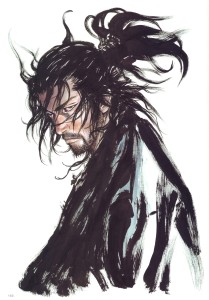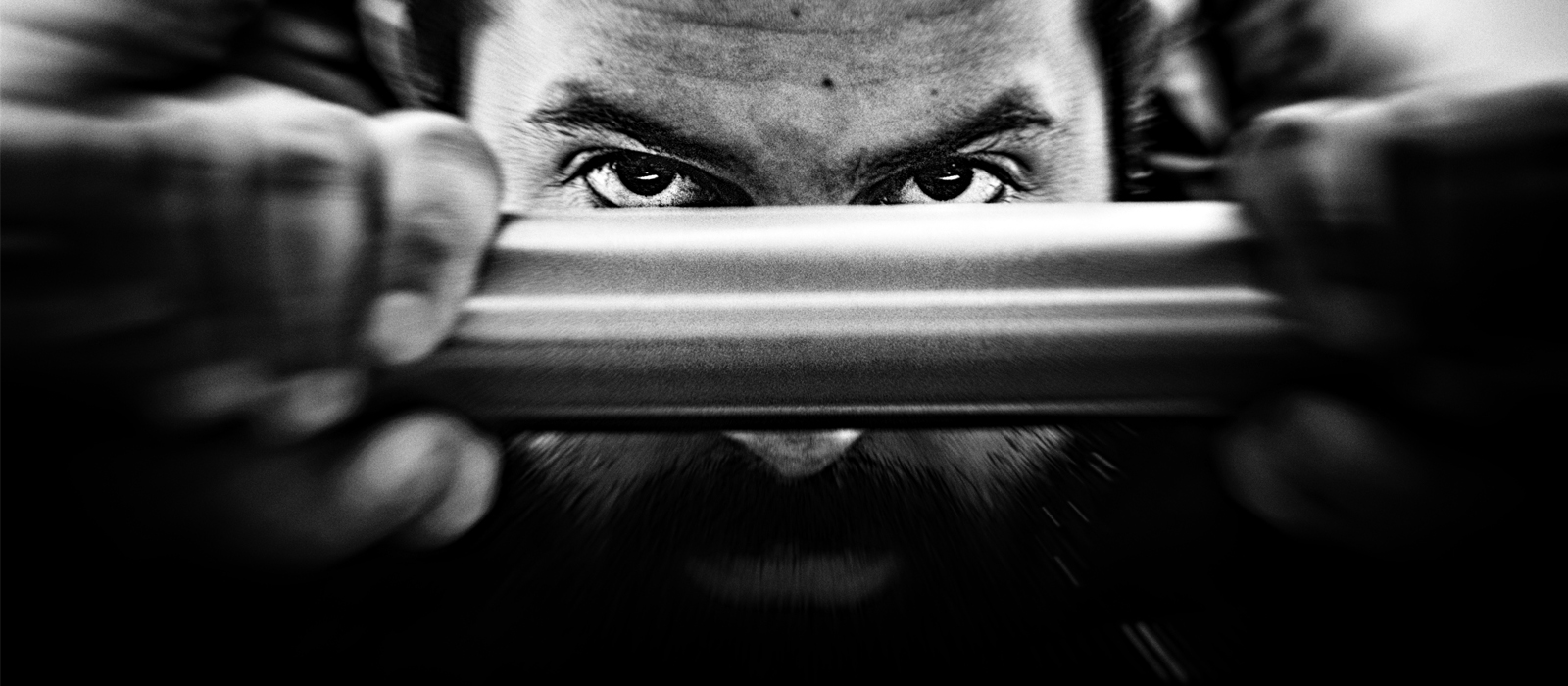M
iyamoto Musashi became an orphan at the age of 10. He was raised by monks until the age of 16, but he was full of fighting spirit and destined to be a Samurai, like his father. He left the monastery and found himself in duels soon after, all of which he won.
Things changed after the Battle of Sekigakarai. He fought alongside the Ashikaga Clan against the victorious army of Ieyasu Tokugawa. His entire clan was slaughtered, but somehow he managed to survive both the battle and the massacre that followed. He had become a master-less Samurai, known as a ronin.
This all happened while he was still a teenager.
It would be easy to see how Miyamoto Musashi would give up at this point. He could start to believe that he was jaded and move on to something else, except he didn’t. He did exactly the opposite. He went on a warrior pilgrimage known as musha shugyo. During these years, he would master his fighting skills and develop a philosophy that soon became famous.
Today, the 16th century Samurai is known as one of the most skilled swordsmen in history and his teachings have been immortalized in his book, Go Rin No Sho, also known as The Book of Five Rings.
One of the many teachings that seem to have carried him to greatness were the ways in which he looked at the world.
Observation and perception are two separate things; the observing eye is stronger, the perceiving eye is weaker.Miyamoto Musashi
For Miyamoto Musashi, there were two ways of seeing the world: the observing eye and the perceiving eye.
The observing eye is only concerned with the truth of what is happening in the present. It only sees what is there, nothing more, nothing less. It ignores all distractions, exaggerations, and misconceptions. The observing eye is reality.
On the other hand, the perceiving eye sees more than what is there. It takes into account other information. It tries to interpret things that it cannot understand. The perceiving eye is full of noise, fear, regret, and doubt. It finds obstacles, setbacks, and issues where none may exist.
It prevents one to operate in the present.
This idea certainly isn’t foreign to any of us. We have all been caught using the perceiving eye to see, probably more often than we’d like to admit.
Perhaps your boss just took you off a project and put you elsewhere. The observing eye would say that now you need to focus on this new project. The perceiving eye would try to understand why it happened. Did your boss not think you could handle it? Am I not doing a good job? Does my boss hate me? Did I do something wrong?
Our mind races through speculative scenarios and lands on some interpretation that makes sense of what happened, which is most likely still wrong. Perceptions bring their own baggage to every scenario. Not only are we not being productive, but our work is suffering because of unwarranted concerns that are out of our control.
If we are honest, how many of our so-called problems in life come from this extrapolation of the truth, beyond what we actually know? How often do we see what we want to, instead of what is actually there?
This is the problem with the perceiving eye.
When we face any situation, we need to remember to focus on what we can control and what we truly know. We need to see things as they really are and nothing more. Remove emotion and interpretation from the equation.
For Miyamoto Musashi, this meant ignoring his difficult upbringing, his great loss in war, and focusing on his reality. Channeling his energy towards what he could control and what his truth was, despite everything else. His observing eye showed him what he could become.
Taking things at face value brings a level of simplicity to life that we often overlook. The observing eye is where one can serve, create, and act in the present.
Use it and live your truth.
Image via flickr

